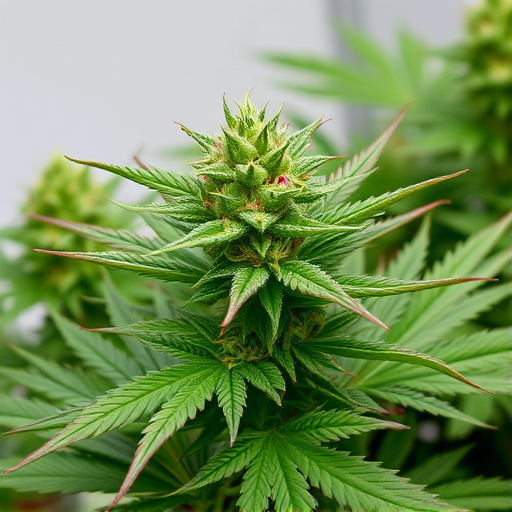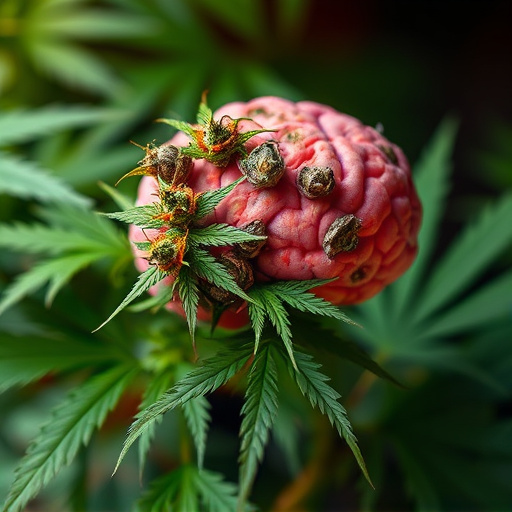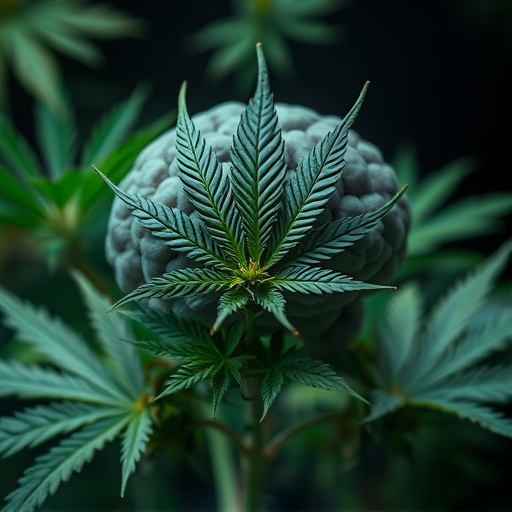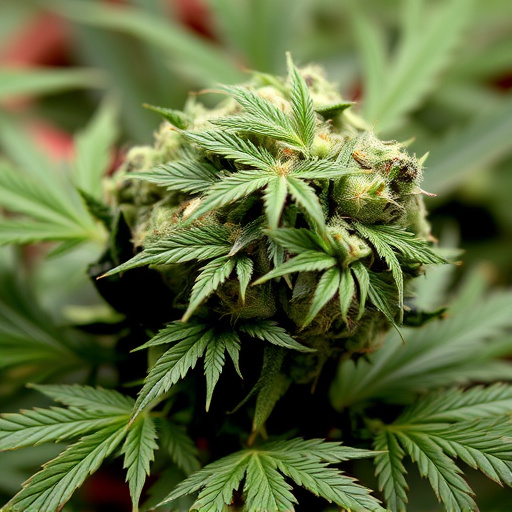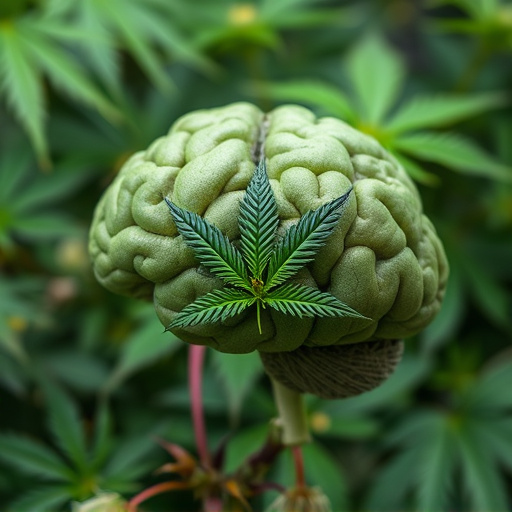The dynamic cannabis industry is seeing a surge in demand for specialized medical strains, particularly for epilepsy treatment, cultivated with precise chemical profiles. However, challenges such as limited seed stock, regulatory hurdles, and stringent laws hinder the accessibility and cultivation of these rare epilepsy-focused strains. Despite these obstacles, cultivators and researchers are exploring new methods to ensure a steady supply for patients seeking effective, specialized treatments.
In the burgeoning market of cannabis, some strains remain elusive, captivating both consumers and researchers. This article delves into the intricate reasons behind the limited availability of specific cannabis strains, particularly those with potential medicinal benefits like treating epilepsy. From the rising demand for specialized strains to cultivation challenges, regulatory barriers, and research constraints, we explore the multifaceted landscape that makes certain cannabis varieties hard to find.
- The Demand for Specialized Strains
- Cultivation Challenges and Limited Supply
- Regulatory Barriers and Research Limitations
The Demand for Specialized Strains

In the ever-evolving landscape of cannabis, there’s a growing demand for specialized strains tailored to specific medical needs. One such area of interest is the use of cannabis strains for epilepsy. These specific varieties are meticulously cultivated to offer unique chemical profiles, targeting the complex neurochemical pathways involved in seizure control. The quest for these targeted strains highlights the expanding medical application of cannabis and the need for diverse options within the industry.
As the popularity of cannabis for medicinal purposes surges, so does the requirement for rare and specialized breeds. Epilepsy patients, in particular, often seek specific cannabinoids present in certain strains that have shown promise in managing their symptoms. This heightened demand has spurred both cultivators and researchers to explore new methods, ensuring a steady supply of these hard-to-find cannabis strains for those who depend on them for effective treatment.
Cultivation Challenges and Limited Supply
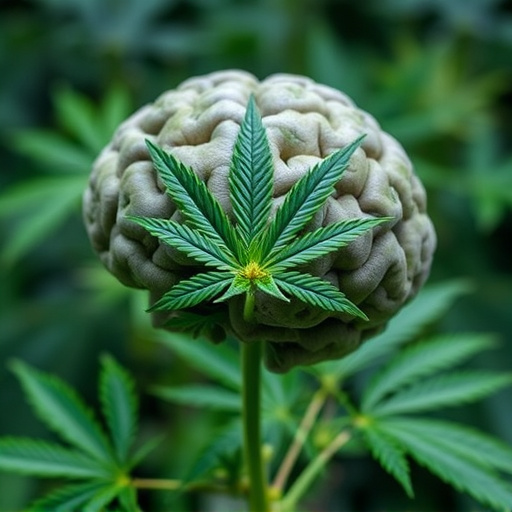
The cultivation of specific cannabis strains, particularly those with high concentrations of CBD, presents unique challenges. Growing certain varieties requires meticulous care and specialized techniques due to their delicate genetic makeup. Moreover, the limited availability of seed stock and clone material can restrict production, making it difficult for growers to keep up with demand.
In the case of cannabis strains known for their therapeutic benefits, such as those used for managing epilepsy symptoms, this scarcity can be particularly frustrating. Patients seeking specific strains may face long waits or struggle to find local dispensaries carrying them. The limited supply often results from a combination of factors: challenging cultivation practices, regulatory hurdles, and the time-consuming process of breeding and testing new varieties.
Regulatory Barriers and Research Limitations

The search for specific cannabis strains, especially those with medicinal properties, like those beneficial for treating epilepsy, is often hindered by regulatory barriers. Many countries and regions have strict laws regarding cannabis cultivation and distribution, making it challenging for growers to breed and produce rare or specialized strains. These regulations can limit access to certain strains that hold immense potential for medical applications, particularly in the case of cannabis strains for epilepsy management.
Additionally, research limitations play a role. The legal status of cannabis as a controlled substance has historically hindered scientific study, making it difficult to conduct extensive research on various strains and their effects. This dearth of knowledge further complicates efforts to identify, cultivate, and distribute specific strains that could offer significant therapeutic benefits for conditions like epilepsy.
The scarcity of certain cannabis strains, particularly those with medicinal properties like those beneficial for managing epilepsy, can be attributed to a complex interplay of factors. High demand for specialized strains, cultivation challenges, and regulatory barriers all contribute to limited supply. As the legal landscape evolves and research advances, addressing these obstacles will become more feasible, potentially leading to increased accessibility of effective cannabis treatments for conditions such as epilepsy.




